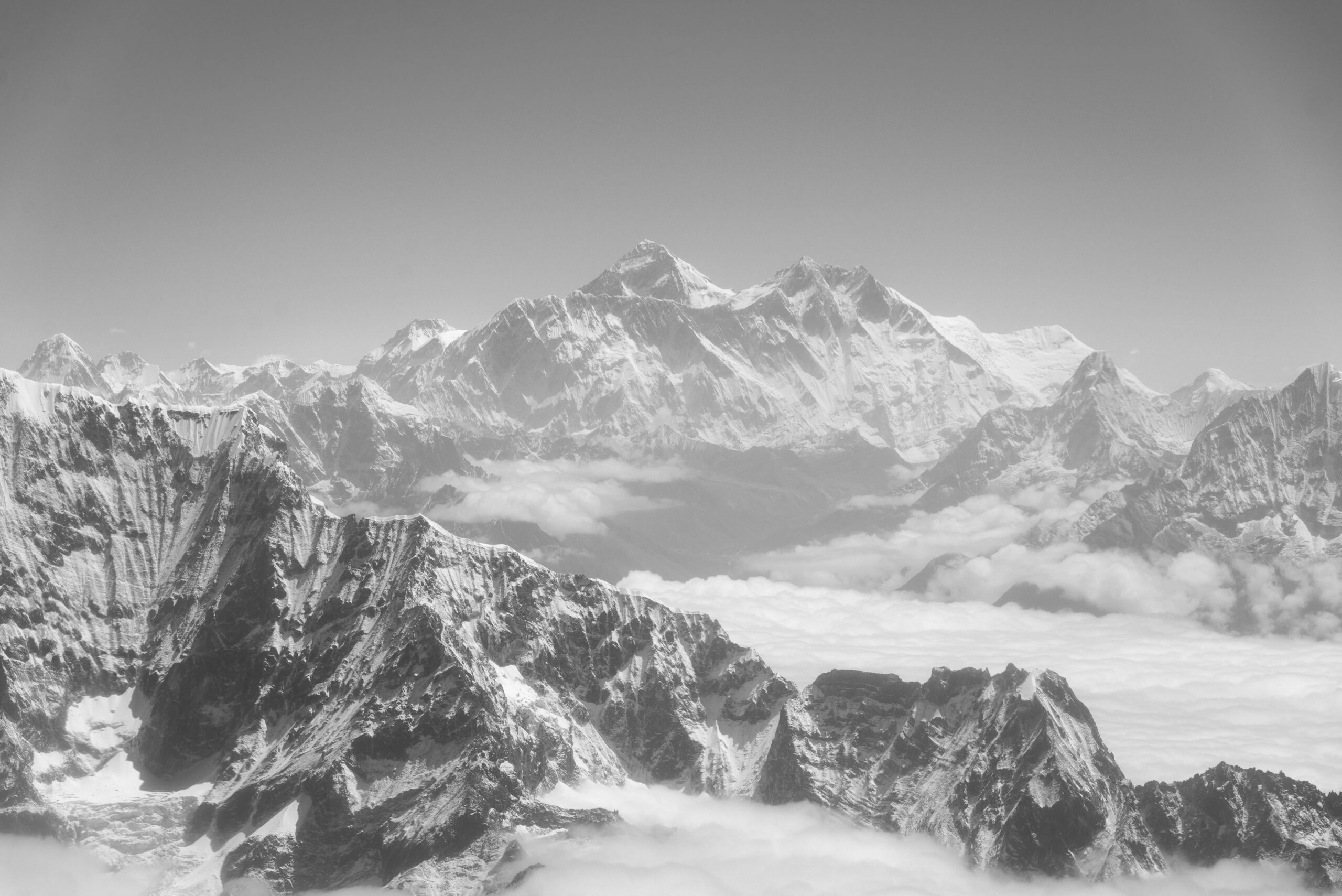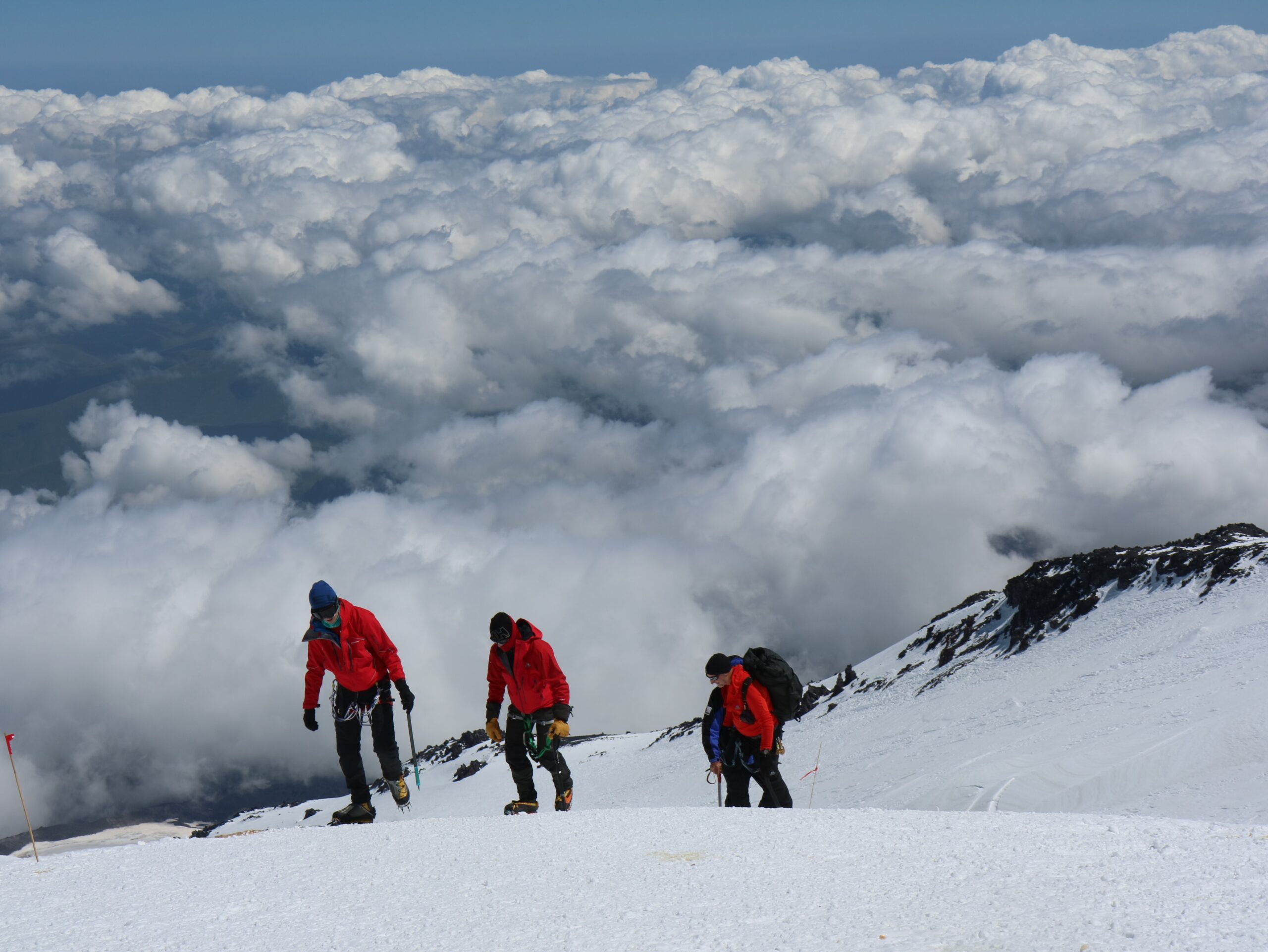It takes 2 months or more to acclimatise to climb Everest (8848 metres) and other 8000+ meters peaks. Putting it into perspective, if one were to step out of the helicopter at 29,029 ft/8,848m, one would suffocate within minutes. Even with O2 cylinders, one could last a maximum of a day. There would be acute mountain sickness, extreme headaches, dizziness, nausea, fatigue, retinal haemorrhage, nosebleed and specifically HACE & HAPE – High Altitude Pulmonary and Cerebral Edema; almost certain death unless quickly removed from elevation
These are only a few of the most gruelling obstacles, mountaineers are faced with in their attempts to scale 8000 + metre peaks. Training for months in extreme conditions acquainting their bodies to major extremities and deathly conditions is a part of their life before even planning to scale the giants.
For many of us laymen, the arresting Netflix documentary of “14 peaks – Nothing is Impossible” gave the first look into the world of extreme mountaineering. The protagonist, Nirmal Purja broke six world records in 2019 when he summited all 14 of the world’s 8,000-meter peaks in under seven months. The previous record holder took more than seven years. Purja and his support team of highly skilled Nepali mountain climbers began their enthralling mission from Nepal, continued on to Pakistan and Tibet, and scaled the infamously treacherous peaks of Mount Everest, K2 and Annapurna and 11 others. The death-defying footage shows the team battle avalanches, hanging ice cliffs, deep crevices and HACE (high-altitude cerebral edema), an acute physiological reaction that occurs above 4,000 meters (13,123 feet). And of course the great ‘oxygen’ debate of carrying heavy canisters beyond the death zones. This was the spine-chilling documentary I saw before I met with Peter in Kathmandu, who gave me a first hand insight into the world of extreme mountain-climbing and its dangers, which can turn into an addiction for many.
Mountaineers brace dangerous conditions to summit daunting mountains; a testimony of raw ambition.
Expedition climbers arrive in Kathmandu around May. Here starts their acquaintance period before they head to the deep dark valleys of the Himalayas. The season to summit peaks over 8000 meters is a very short window between May-September, when the winds die down and it is conducive to climbers to envision their routes.
I was sitting in the coffee shop of a hotel in Kathamandu at the time when I met Peter Jerstad from Norway. He was on the adjacent table at the lobby waiting for his check-in. I noticed his swollen red nose, frostbite on the tip of his index and middle finger, and lean figure. Inquisitively enough I approached him asking if this trip was to summit one of the deadly peaks. He mentioned he was back for a second attempt at Mount Everest after just summiting Gesherbum II at the border of Pakistan and China. He had almost died in the first attempt due to bad weather conditions that engulfed base camp 4; but he decided to return this time to conquer the peak. He had already spent $70,000 (₹52,00,000) overall in the first attempt and it cost a little more this time with the union of Sherpa’s commanding a higher fee for their services (and rightly so). I remembered an excerpt I had read a while ago which said, “Everest is the Himalayan peak crawling with adventurers, whose hefty bank accounts often exceed their mountaineering experience.
Over a cup of hot water and lime he told me, “More than 600 people summit every year, paying anywhere between $50,000 and $100,000 each. And more than 250 dead bodies are on Everest, too costly to remove, a particularly dramatic kind of human waste. Media reports paint a picture of a myriad of corpses on Everest, calling it “The World’s Highest Open Air Graveyard”.
Before the advent of helicopters, it was normal practice to drop bodies into a crevasse or roll them off a cliff edge. Peter’s monologue was getting more and more gripping than any Netflix show I had ever seen. He continued, with photographic evidence showing me how over the years names were attributed to bodies visible along the climbing routes including Green Boots – presumed to be the body of Tsewang Paljor, who died in 1996 and Sleeping Beauty – the body of Francys Distefano, who died in 1998.
I was awe-struck by his narration and stunned by his own near-death experience. I couldn’t believe he was back here to put himself through all the uncertainties and obstacles, all over again, for that deep-rooted adrenaline rush of conquering a beast of a mountain. I was filled with deep respect and honour for his superhuman gumption, endurance and resilience. I wished him luck for his journey that was about to start at 3:45 am and internally prayed for his safe return back home.
There are 14 “eight-thousanders” in the world, each one brutally savage and beastlier than the other, with fatality rates ranging from 29 percent (K2 known as ‘savage mountain’) to 4 percent (Mt. Everest – tallest mountain in the World). With towering blocks of ice – seracs – that can crush climbers in seconds and spider webs of deep ice crevasses that can swallow humans a whole, these 14 peaks push climbers to the point of pure obsession and fanaticism. Reaching new frontiers of human possibilities, the stories of extreme mountaineers is one of lunatic extraversion and conscientiousness in achieving everything that is deemed ‘impossible’.
Words by Nikita Das.
Images via Unsplash.






